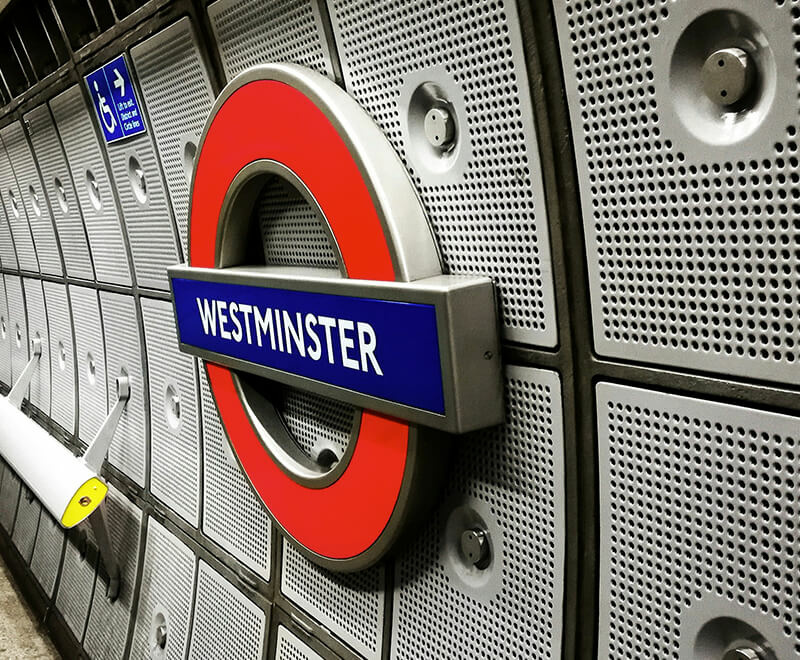This week Lord Burns released his report with proposals on downsizing the House of Lords. Senior Executive Sam Postlethwaite looks at the proposals and how the situation may unfold.
What happened?
It appears plans to reform the House of Lords are finally underway. Commissioned by Lords Speaker Lord Fowler, Lord Burns has this week released his report on downsizing the House of Lords.
The report proposes awarding each political party a quota of peerage appointments based on general election performance, while also limiting new peerages to 15 years of service in the House. Full details on whether the new system of appointing peers will incorporate only the latest general election results or up to three of the most recent are yet to be established, however the formula is expected to take into account each party’s vote share as well as the number of seats won. The plans aim to reduce the number of Lords to around 600 – down from 799 – within the next ten years.
Why’s it important?
The House of Lords is the second-largest legislative chamber in the world after China’s national congress and hosts 149 more members than the chamber for elected representatives, the House of Commons. In recent years the House of Lords has grown exponentially, with David Cameron and Tony Blair each accused of cramming the chamber with peers closely allied to their respective party. Considering each Lord is said to cost the taxpayer over £100,000 each a year, there have long been calls from both the public and Parliament to review and rid this vital but bloated Upper House of excess fat.
Reforming the House of Lords has some strong bipartisan backing, however as the current ruling party also enjoys a large majority in the House of Lords, there has been a reluctance to act from Conservative backbenchers over the past seven years. The Liberal Democrats under Nick Clegg were the last party to make a real case for reform – proposing to introduce a largely elected upper chamber – however support from their Coalition partners was not forthcoming and so plans were scrapped.
This new set of recommendations is the first step toward bringing the United Kingdom’s Upper House into the 21st century; saving the taxpayer a pretty penny in the process. Importantly, these planned reforms can be achieved without the need for new legislation, which has proved an issue in the past.
What’s the reaction been?
The general public, commentators, members of parliament and even Lords themselves largely favour the proposals outlined by Lord Burns: a recent poll by BMG Research found that 63% want an elected House of Lords (up 15% in two years), while 27% think it should be abolished completely (an increase of 5% over the same two year period).
Most of the criticism of the proposed reforms has focused on the fact that they don’t go far enough, with Darren Hughes, Chief Executive of the Electoral Reform Society, commenting: “Britain is tired of couch potato peers taking our democracy for granted… What we need is a much smaller, fairly-elected upper house that the public can have faith in – and where voters can hold ineffective peers to account”.
Ironically, the Liberal Democrats are likely to be the most reticent about the cross-party committee’s recommendations. Their Lords are significantly younger than their Conservative and Labour counterparts and, as such, voluntary reductions could be slightly more painful.
Best headline
‘Lib Dems facing ‘musical chairs’ battle to retain seats in House of Lords’ – The Telegraph
What’s next?
The long-awaited report now requires the support of the Prime Minister as well as the leaders of other parties. Lord Burns is optimistic about the prospects of the proposal, having received a warm response from senior figures within the three main parties while compiling it. The report will come up for full discussion in December, and so any changes would not be seen until at least the New Year.
Reform or not, the House of Lords’ will still play a crucial role in reviewing and revising bills. But it is important that business and advocacy groups keep one eye on this process to understand the future make up of the second chamber. Peers are today under significant pressure to prove their relevance and worth, and this may be the start of a fresher and more dynamic Upper House. Such a transformation could no doubt shake up the way advocacy, engagement and campaign strategies are constructed.
Looking for a trusted public affairs agency? Our team helps with crisis communications to help manage any situation. Contact us today to learn more about how we can help!



